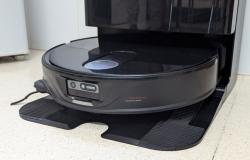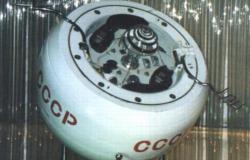A sound installation driven by brain cells of the late American composer Alvin Lucier (1931-2021) Cause surprise, shock and fear in Australia.
It’s about “Revivification”an installation that generates real -time music in the Western Australian Art Gallery In Perth, where these days it is exhibited to the public.
The bet, a cross between biotechnology and contemporary art, not only explores posthuman creation, but also opens debates about the new notions of authorship of the 21st century.
As Rolling Stone magazine collects, the idea arose in 2018, but it was completed two years later when Lucier, already affected by Parkinson attacks, donated blood cells that were later transformed into stem cells, “which in turn cultivated in the form of three -dimensional brain organoids, cellular structures that simulate functions of the human brain without reaching their complexity,” the report details.
Thus, the group of scientists shaped an incubator with a “Mini-Cerebro” capable of composing music instantly. “(Lucier) transformed our way of thinking about the composition by moving the focus of traditional musical elements to the physical properties of sound itself,” they said from the Western Australian art gallery.
“His work with brain waves, echolocation and environmental acoustics blurred the borders between music, science and art … Lucier donated blood the year before his death, which was rescheduled in stem cells at Harvard’s faculty,” they detailed.
Alvin Lucier: a post mortem artist
Lucier, in life, was an experimental musician. In ‘Music for Solo Performer’from 1965, turned brain waves into sound, and ‘I Am Sitting in a Room’of 1971, he also collaborated with science, but this time analyzing how space altered the perception of audio.
“The revivification team transformed Lucier’s stem cells into cerebral organoids: three -dimensional structures that resemble a developing human brain, ”explained the collective.
The team was made up of the artists GUy ben-Ary, Nathan Thompson y Matt Mingold and the neuroscientist Stuart Hodgetts. “At a time when the generative AI questions the capacity for human action, this project explores the challenges of locating creativity and artistic originality,” the group told The Art Newspaper, as Infobae collects.
“The practice of the team is characterized by a subversive approach to biotechnology, challenging the conventional conceptions of life, sensitivity, agency and the relationship between humans and technology,” they said.
But, How is sound generated? The sample contains a sculpture that encapsulates the incubator, whose walls are covered by “20 large brass curved plates … Each plate is connected directly to the neuronal activity of Lucier’s cerebral organic”Explanaron.
Every time the brain begins to function, this activity impacts the brass, “creating complex and sustained resonances that fill the sound space.”
“Revivification is an attempt to shed light on the possibilities, sometimes dark, to extend the presence of a person beyond the apparent purpose of death,” they said.
Check the promotional video of the installation:






